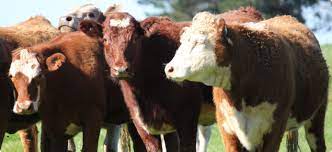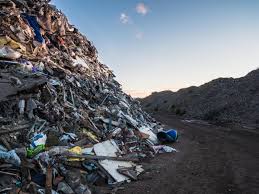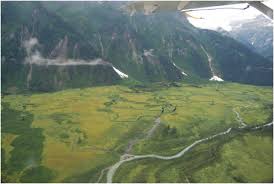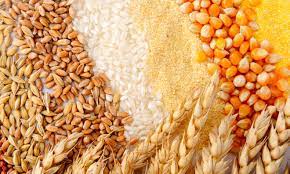Effects of Pesticide Residues on Livestock Animals
Mannivannan (2001) reported that pesticide affect the quality of dairy products by inhibiting the metabolic activities of starter bacteria. Effects on animal are determined by the chemical structure of the pesticides, its action on metabolism and fate of the chemical within the animal.
Not all animals react to all pesticides in the same manner and response can be species or individual specific.
The system of one animal may metabolize a pesticide to a nontoxic metabolite, whereas that of another species may not (species – specific response) and individual animals of a species also can respond differently (Individual-specific response).
Pesticide Residues in Animal Feeds
Poultry feed samples (maize grains, soyabean, groundnut cake, sunflower cake, concentrate feed mixture) were contaminated with HCH, DDT, Aldrin, Carbendazine and Thiram.
Thiram residues were as high as (1.25mg/kg) inconcentrate feed mixture and 2.25 mg/kg in maize grain in comparison to other pesticides. Contamination with HCH, DDT, Aldrin and Endosulphan was evident in the samples of feed and fodder.
Pesticides Residues in Livestock Meats
Dressed chicken samples were found contaminated with HCH, DDT and Endosulphan and the pesticides residues are retained in the fat of the animal whether they are by direct contact or by indirect contamination of soil, water, feed and fodder.
The rate of accumulation in the body and excretion depends on nature and amount of pesticide ingested and duration of exposure. Long-term oral intake of pesticides at low levels had been found to result in higher accumulation than short-term intake at higher doses.
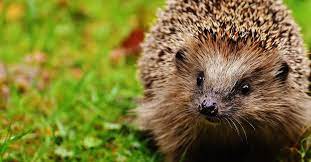
Pesticide Residues in Milk
Organophosphorous pesticides used to control external parasites in cattle and sheep are absorbed largely, deposited in fatty tissues, and excreted in milk. Pesticide excretion may continue upto five days following dipping and spraying. 17 and 12 mg of Lindane per kg in buffalo and cow milk were respectively recorded in India.
Higher levels of DDT and the presence of aldrin and dieldrinwere also found in cow milk. Milk samples however showed decreasing trend in level of pesticide residue when compared to tissues such as kidney, liver and adipose of cattle, sheep and goat which contain noticeable levels of DDT and HCH.
Surendranathet al (2002) reported milk samples from areas where DDT was used to eradicate mosquitoes and found to contain 25% higher levels.
Ramesh and Vijayalaxhmi (2002) reported that endosulfan residues could not be detected in milk samples in areas where aerial spraying carried out 3 months prior to sample collection.
Read Also : Degradation and Types of Pesticides in Soils
In conclusion, the presence of pesticide residues in feed and animal products is in the focus at the present in the view of WTO. The residues not only affect the public health but also cause economic losses to the livestock industry.
These not only affect the health of livestock and human beings but also affect the quality of animal products. Pesticide residues accumulate in the animals either by direct contact with pesticide or by indirect contact with environment.
Pesticides are used in crops for pest control and they leave the residues in the feed and fodder consumed by animals. The source of contamination of feed and fodder may be by direct spraying or by drift from other crops, contamination of soil and water used for fodder production.
Pesticide use regulations should therefore be emphasized and embraced in order to maintain the minimum residue limits (MRL) in all countries.
The different ways by which pesticide residues reduces the quality and economic value of livestock products; the various was by which pesticide residues gain entry into animal products; and the various ways residues can be managed to keep pesticide residues in the minimum residues limits.
